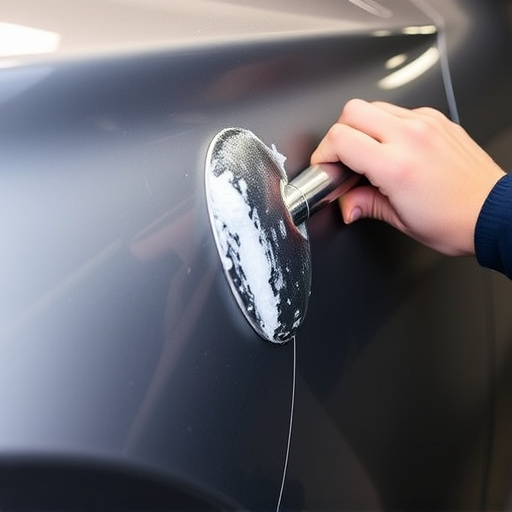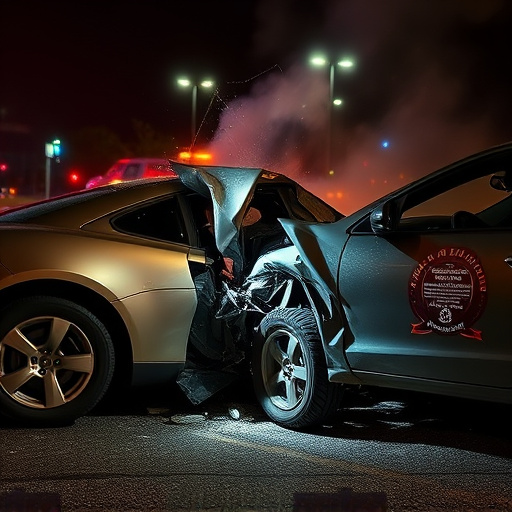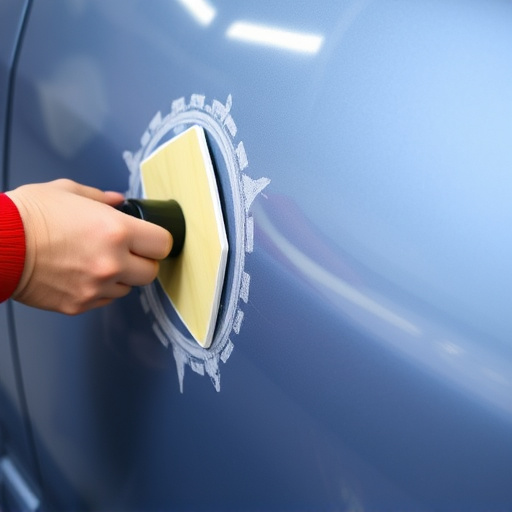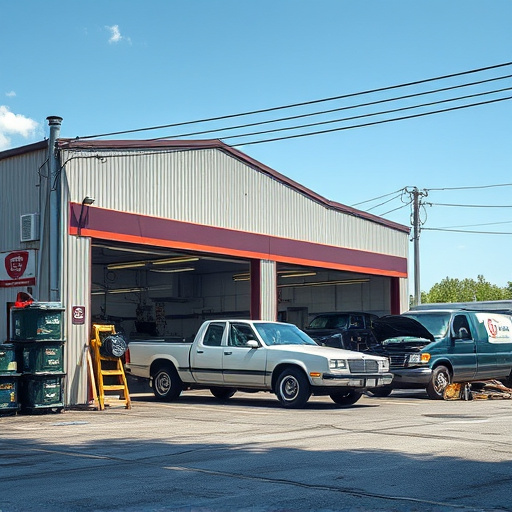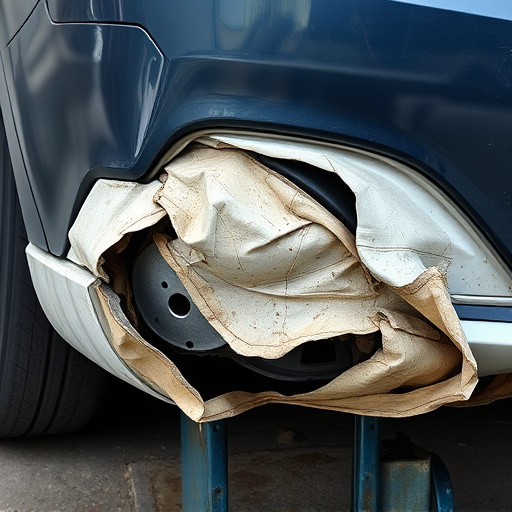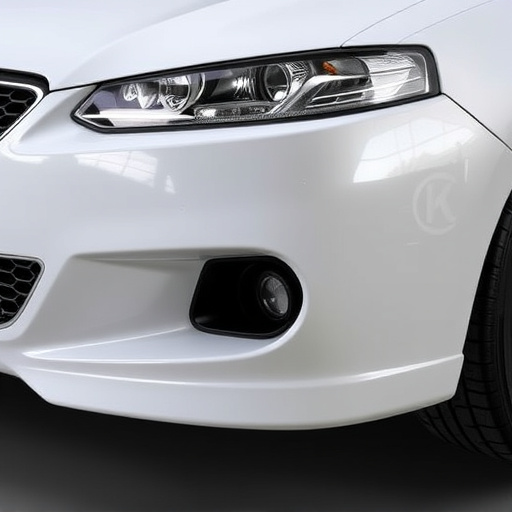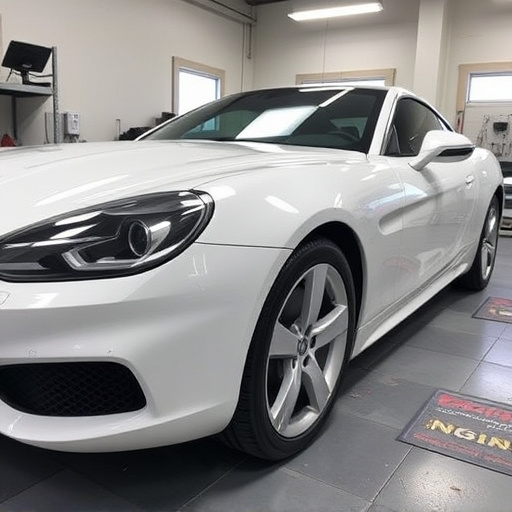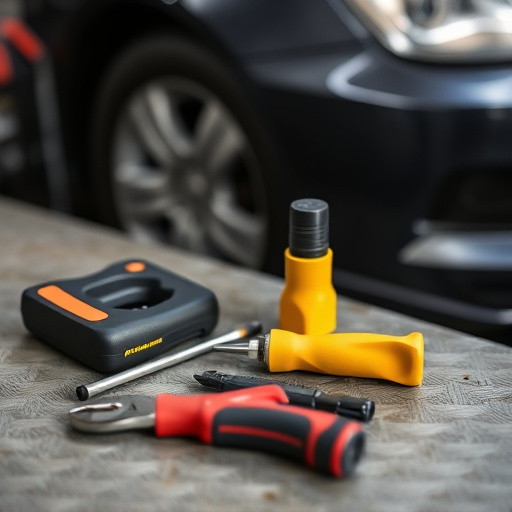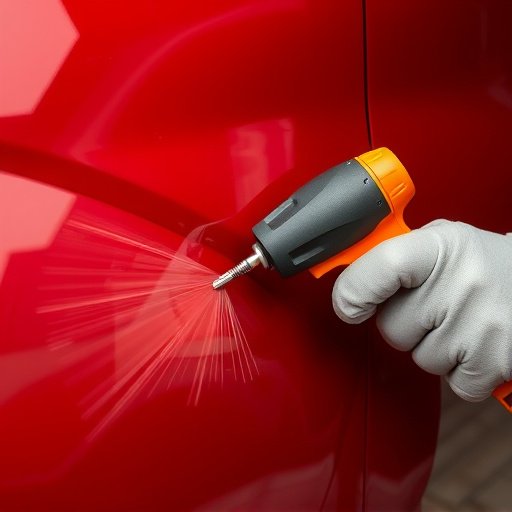Policyholders should thoroughly understand auto insurance policy terms, especially regarding comprehensive and collision coverage for vehicle repairs after accidents. In a matte finish collision repair, assess insurer guidelines on cosmetic vs. structural damages. Contact insurers to file claims, providing incident details and before-and-after photos of the damage. Repairs use specialized techniques to restore the matte finish according to manufacturer standards. Insurance payouts for pearl finish collision repairs vary by vehicle damage severity, age, make, and local car paint service costs. Older vehicles with rare finishes may command higher replacement values, affecting insurance settlements.
In today’s world, where vehicles are not just modes of transport but extensions of personal style, protecting their aesthetic is paramount. This is especially true for those with cars featuring intricate matte finish paint jobs. This article delves into the intricate process of insurance handling pearl finish collision repairs, offering insights on understanding coverage, claiming costs, and factors influencing payouts. By exploring these aspects, drivers can navigate the complexities of vehicle damage repair more effectively.
- Understanding Insurance Coverage for Collision Repairs
- The Process of Claiming Matte Finish Repair Costs
- Factors Influencing Insurance Payouts for Pearl Finishes
Understanding Insurance Coverage for Collision Repairs

When it comes to understanding insurance coverage for collision repairs, particularly focusing on pearl finish surfaces, policyholders should familiarize themselves with their auto insurance policy’s terms and conditions. Many standard car insurance policies include comprehensive and collision coverage, which can help offset the costs of repairing or replacing a vehicle after an accident. These policies typically cover damages caused by perils like theft, vandalism, natural disasters, and in this context, accidental collisions.
In the event of a matte finish collision repair, policyholders should first assess their insurance provider’s guidelines on cosmetic versus structural repairs. Some insurers may differentiate between these types of damage, offering varying levels of coverage. For instance, while a simple scratch or ding might be considered a minor cosmetic issue, a more significant impact that compromises the integrity of the pearl finish and requires specialized car bodywork services could fall under comprehensive coverage. Additionally, auto glass replacement is often explicitly covered, ensuring policyholders are not left with substantial out-of-pocket expenses for repairs, including those to their vehicle’s unique finishes.
The Process of Claiming Matte Finish Repair Costs

When dealing with a matte finish collision repair, the process of claiming costs involves several steps. First, assess the extent of the damage to determine if it falls under your insurance policy’s coverage for collision or comprehensive claims. If eligible, contact your insurer to file a claim, providing details about the incident and the extent of the vehicle damage, including photos documenting the matte finish before and after.
The body shop services required for such repairs vary based on the severity of the dent removal needed. Your insurance company will often provide a list of approved or preferred repair facilities, ensuring quality control. During the repair process, the shop will use specialized techniques to restore the car’s matte finish while aligning with the manufacturer’s standards. Once completed, they’ll submit invoices for payment, and you’ll be responsible for any deductibles as per your policy terms.
Factors Influencing Insurance Payouts for Pearl Finishes
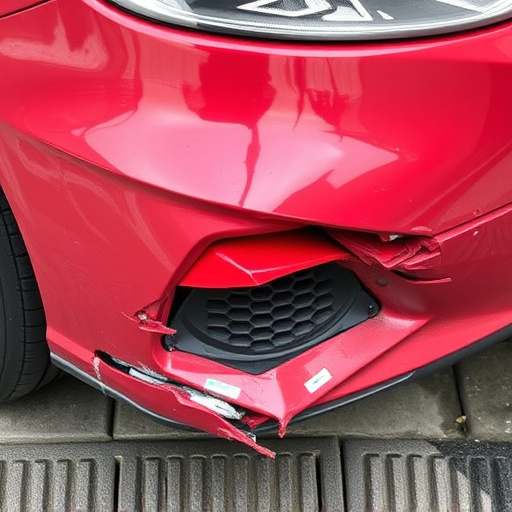
Several factors play a significant role in determining insurance payouts for pearl finish collision repairs. One key aspect is the severity of the damage to the vehicle. Minor dings or scratches might only require touch-up painting, which can be covered by standard policy deductibles. However, extensive damage requiring complete matte finish collision repair will typically lead to higher payouts as these cases involve more complex and costly procedures.
Another influencing factor is the age and make of the vehicle. Older cars with rare or specialized pearl finishes might command higher replacement values, thereby affecting the insurance settlement. Additionally, the reputation and cost of car paint services in the area can also impact payouts. Insurance providers often consider local market rates for automotive repair services when assessing claims, ensuring fair compensation for car owners engaging in pearl finish collision repair.
When it comes to covering the costs of a matte finish collision repair, insurance companies offer a safety net that can significantly ease the financial burden. By understanding your coverage, navigating the claims process, and recognizing the factors influencing payouts, you’re empowered to ensure a smooth and fair resolution. Remember, timely action and meticulous documentation are key to receiving adequate compensation for your matte finish collision repair.
